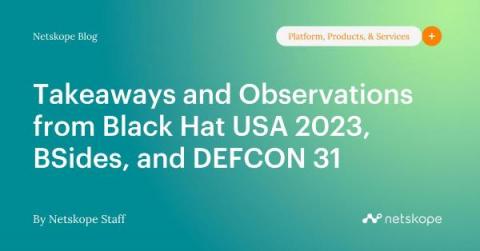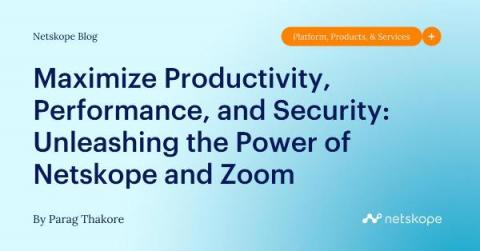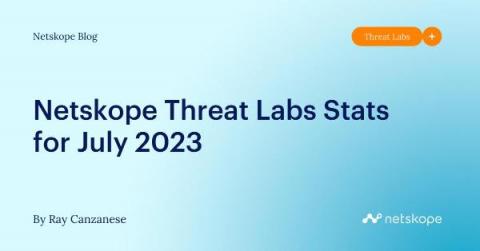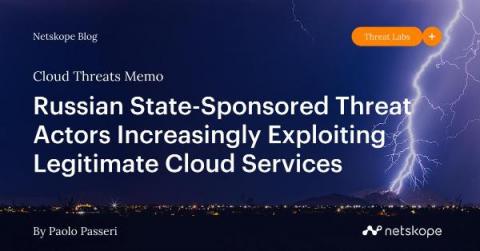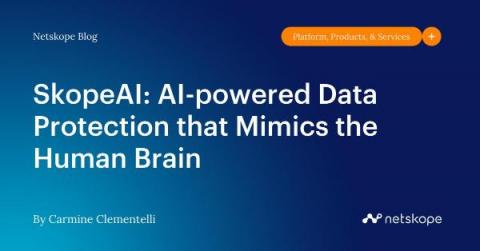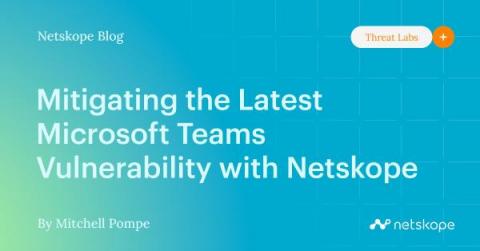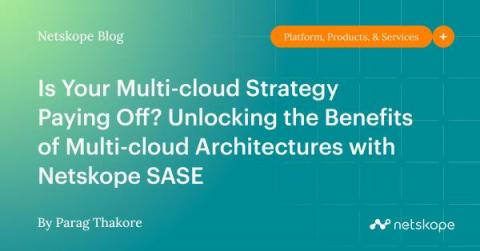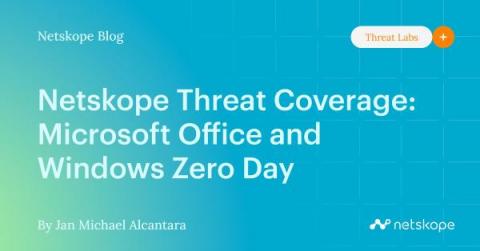Operationalizing Advanced UEBA: Detection Scenarios and UCI Alerts
Netskope has recently released two exciting enhancements to our Advanced UEBA product. The enhancements are: Together, these two new features streamline operationalization of Advanced UEBA by providing operators alerts when it identifies users exhibiting risky behavior and an at-a-glance summary of the risky activity observed for each user.



